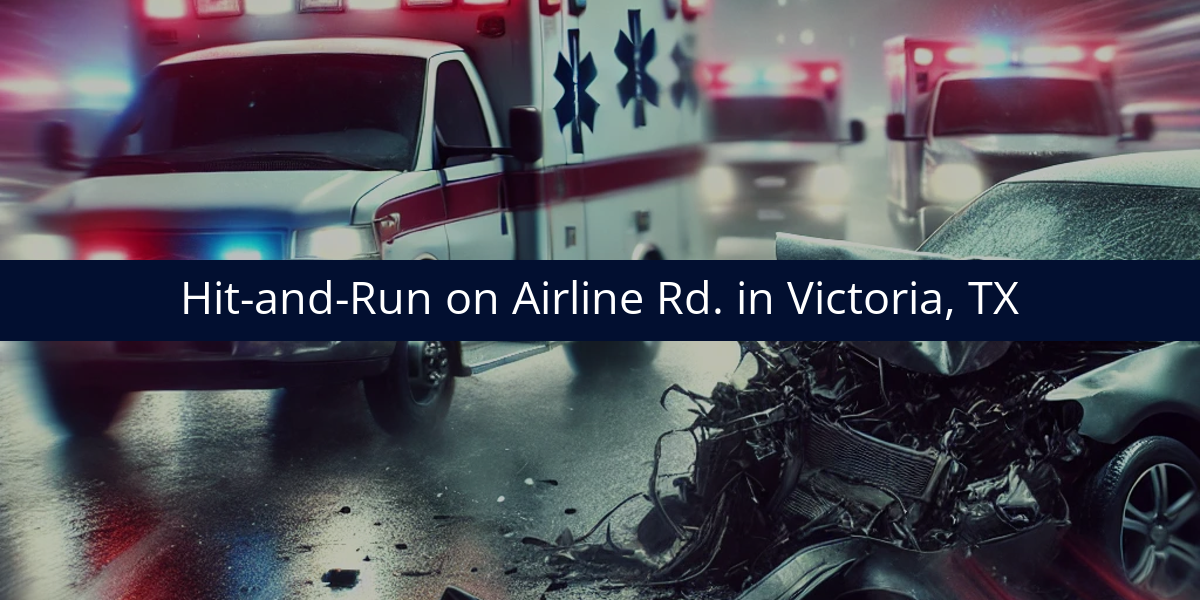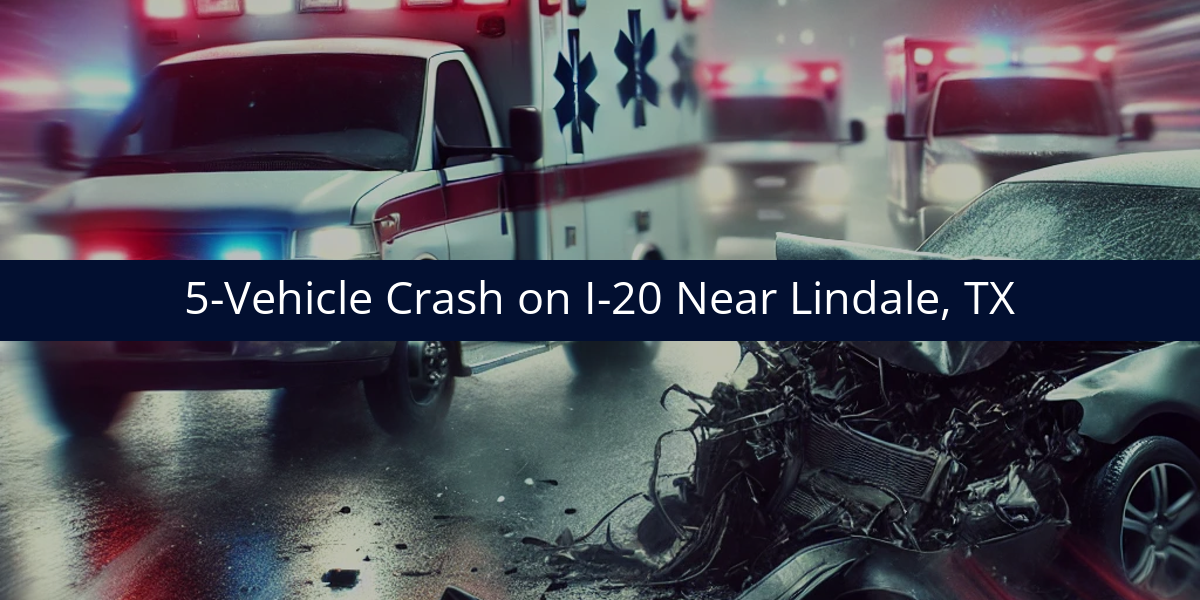Authorities are investigating a fatal crash that occurred east of Polk City, where a cyclist was struck and killed by a dump truck while crossing Northwest 44th Street from the High Trestle Trail. The incident took place as the 44-year-old woman, riding a recumbent-style bicycle, allegedly attempted to cross the roadway. The dump truck was traveling along the road when it reportedly struck her. The cyclist was pronounced dead at the scene.
Crashes involving large commercial vehicles and cyclists are complex and require careful examination of vehicle condition and driver behavior. In this case, the circumstances of the crossing and the dump truck’s movement at the time of impact will be central to determining what went wrong and why.
Possible Role of Distraction or Fatigue
Commercial truck drivers are required to maintain continuous attention to the road, particularly when traveling near intersections or trail crossings where cyclists and pedestrians may appear unexpectedly. Distraction or fatigue could have played a role if the driver failed to notice the cyclist in time to stop or slow down. Investigators will likely review the driver’s hours-of-service logs, phone activity, and dash camera footage to determine whether any lapses in awareness occurred leading up to the collision. Even brief inattention can make it difficult for a driver operating a heavy vehicle to react appropriately in a shared-use area.
Mechanical and Equipment Considerations
The mechanical condition of the dump truck is another important aspect of the investigation. Investigators will likely examine whether the vehicle’s braking system, mirrors, or blind-spot monitoring equipment were functioning properly at the time of the crash. Poorly adjusted mirrors or malfunctioning safety systems could reduce a driver’s ability to detect vulnerable road users, especially when the cyclist is on a low-profile recumbent bike. The truck’s maintenance and inspection records will help determine whether equipment issues or neglected repairs contributed to the failure to avoid the collision.
Evidence That Should Be Collected
To fully understand the sequence of events, investigators will need to analyze both physical and electronic evidence. The truck’s Engine Control Module (ECM) can provide data on speed, throttle, and braking in the seconds before the crash. Tire marks, vehicle positioning, and sightline analyses will help reconstruct whether the driver had sufficient time to see and react to the cyclist. Witness statements, trail camera footage, or traffic surveillance video could also help establish whether either party had the right-of-way and whether the cyclist’s position in the crossing was visible to the driver.
Why Comprehensive Investigation Is Critical
The collision raises several unanswered questions about driver awareness and vehicle condition. A full investigation is necessary to identify whether mechanical problems or distraction played a role in this fatal crash. Identifying the true cause is essential for understanding what went wrong and why.











